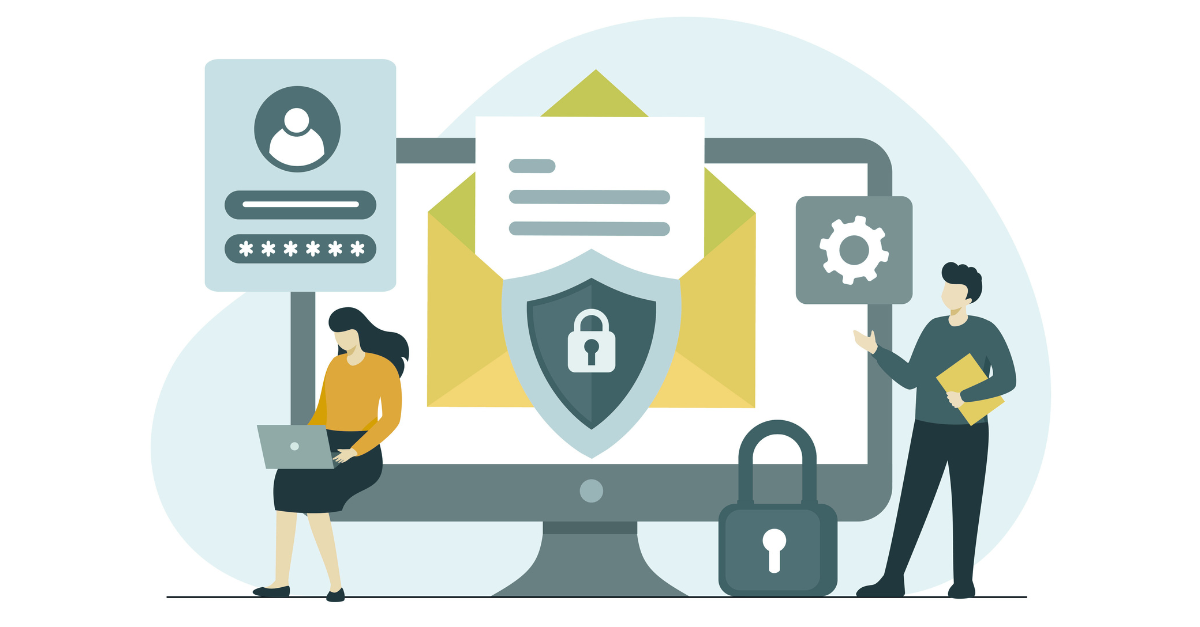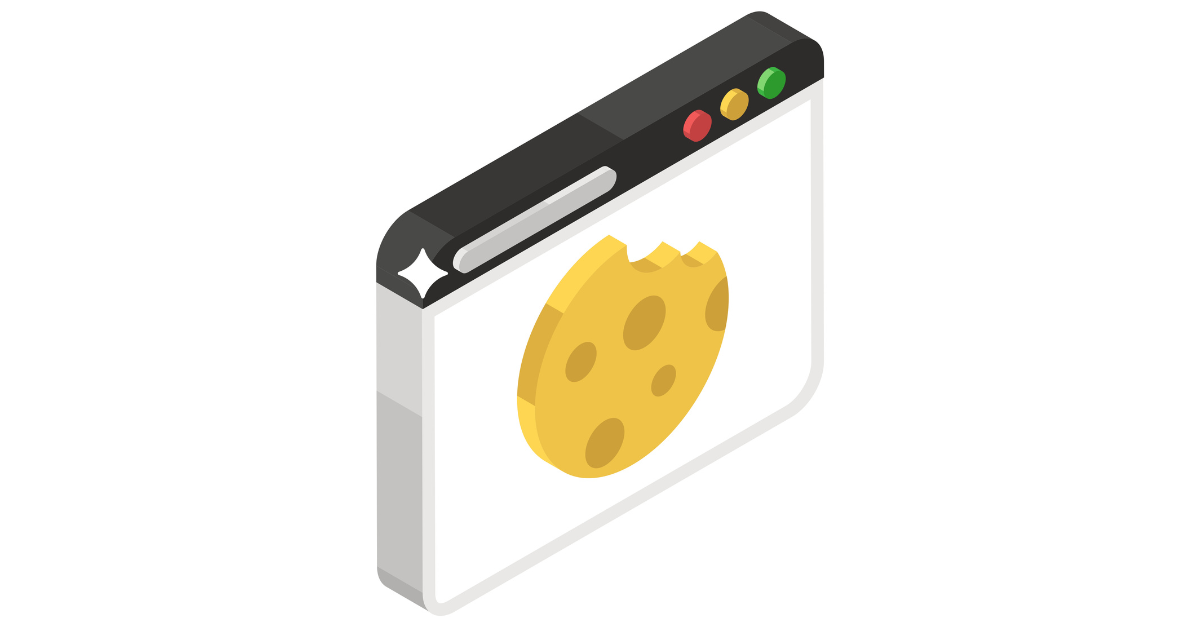There’s been a lot of buzz lately about moves by Google, including potentially blocking tracking pixels, which some people believe could hasten the decline of email marketing. Here at emfluence, we’ve undoubtedly heard the chatter, but we prefer to take a more optimistic view. We believe that this recent move—along with similar steps taken by Apple—might actually strengthen the email marketing industry, encouraging smarter, more privacy-conscious strategies that could lead to greater trust and engagement from users.
This could be a turning point, a chance for the industry to evolve and adapt to a more user-friendly and privacy-conscious landscape.
But before we discuss this latest episode in the long-running soap opera that is email marketing, let’s take a quick look at Google’s track record of making the digital landscape great again.
Did Google Save the Internet?
To suggest that Google saved the Internet is a bold statement, but stick with me on this one – the evidence of history is on my side.
I’m long enough in the tooth to remember the Internet before Google. Let me tell you, it was a chaotic, messy place. Looking back, it felt like the digital Wild West—a place full of promise and excitement but also fraught with danger and potential disorder.
In those early days, search engines were far from the super smart and efficient tools we use today. They were little more than hastily compiled directories and often overwhelmed by flashy ads and low-quality, spam-riddled results. Back then, it was too easy to manipulate rankings, and the lack of sophisticated algorithms meant users were frequently bombarded with irrelevant content. Finding useful information was like searching for the proverbial needle in a haystack.
Despite the chaos, that era laid the foundation for today’s sophisticated, powerful Internet. It’s incredible how far we’ve come, evolving from a wild, unregulated digital frontier to a more streamlined and user-friendly experience. When Google arrived on the scene, it was like the new sheriff in town—bringing order with its clean, minimalist search results, highly relevant links, and, eventually, ads that were far less intrusive. Google didn’t just change the rules; it redefined how we navigate the web.
The question is, has Google decided it’s time to ride back into town and clean up the inbox?
Why Does Google Care About Email?
Google has many reasons to support and preserve the email ecosystem, especially given its dominance with Gmail. Here are five reasons email is so important to the Big G.
- User Engagement & Trust: Email is a core communication tool, particularly through platforms like Gmail. By improving user experience and privacy (e.g., blocking tracking pixels), Google can boost user trust and engagement, ensuring people continue to use Gmail as their primary email provider. This focus on user trust and engagement is a positive step for the industry, reinforcing the importance of building strong relationships with our audience.
- Ad Revenue: While email itself isn’t ad-driven in the traditional sense, Google integrates ads into Gmail and other Google services. By maintaining a healthy email ecosystem, Google indirectly supports its broader advertising business.
- Business and Workspace Services: Gmail is a key part of Google Workspace, which serves millions of companies globally. Supporting email marketing means keeping businesses invested in Google’s infrastructure, making it a vital tool for companies that rely on email for customer communication, newsletters, and promotions.
- Privacy Advocacy: Google has increasingly positioned itself as a champion of user privacy, particularly in the wake of regulations like GDPR. By cracking down on invasive practices like tracking pixels, Google can enhance its reputation as a privacy-conscious company, aligning with its broader push toward responsible data use.
- Competitive Differentiation: Companies like Apple are tightening their email and data policies as privacy concerns grow. By taking similar actions, Google remains competitive while catering to users who are increasingly wary of invasive tracking methods.
In short, Google wants to ensure that email remains a valuable, trusted communication tool while balancing privacy concerns and supporting its advertising and business ecosystem. Everyone who works in the email marketing industry should applaud this.
So, What’s the Story with Tracking Pixels?
Google is constantly making changes within the Gmail inbox environment. It does this not because it wants to be difficult and make our lives as marketers more challenging. All the evidence suggests that Google loves email, and therefore, everything it does is with the aim of making it a more usable and valuable environment. If we want email to thrive, we should welcome change. Despite this, rumors about blocking tracking pixels might have been a little overblown. What was initially seen as a step towards blocking tracking pixels might be part of a bigger story about how Google handles images in the inbox. A tracking pixel is, after all, an image – albeit a very small image. Understanding this relationship can help you optimize your use of images in email marketing campaigns and avoid potential deliverability problems.
Email Deliverability
The inappropriate use of images in emails can raise several red flags for Google and lead to deliverability problems. When viewed alongside other elements, such as domain reputation, IP address, and links within your email, may result in Google flagging your email as potential spam. This may mean recipients are warned of the potential risk before fully opening the email and downloading images. Or, it could be sent directly to spam. Understanding these potential issues and how to address them is key to maintaining a strong email deliverability rate.
Best Practices for Image Use in Email Marketing Campaigns
Using images in emails can significantly enhance engagement, but applying best practices to ensure they display properly, don’t slow downloading times, and don’t negatively affect deliverability is essential. Here are some best practices for using images in emails:
- Optimize Image Size: Ensure images are compressed to reduce file size without sacrificing quality. This helps emails load faster. Try to keep image sizes under 1MB, preferably between 200-500KB. Resize images to the size needed in the email (e.g., don’t use a 2000px-wide image if it only displays at 600px).
- Use Alt Text: Some email clients block images by default. Alt text helps recipients understand what the image is about even if they can’t see it. For images with calls to action (CTA), include the CTA in the alt text (e.g., “Click here to learn more”).
- Keep a Good Text-to-Image Ratio: Spam filters may flag emails with too many images and little text. A good practice is a 60/40 ratio of text to images. Make sure the email is still readable if images are blocked or do not load.
- Use Mobile-Friendly Design: Ensure images are responsive so they scale properly on mobile devices. Preview your emails on various devices and email clients to ensure images display well everywhere.
- Consider Image Formats: Common formats include JPEG, PNG, and GIF. Avoid formats like BMP or TIFF, as they may not display well across all clients. PNGs are best for logos or images that need to have transparent backgrounds.
- Link Your Images: Make your images clickable, especially if they’re part of a CTA. This enhances the user’s experience and engagement. Use URL tracking on linked images to measure performance and engagement.
- Include a Plain Text Version: Some recipients will have images disabled, so including a plain text version of your email is essential. Many email clients will automatically do this if you use an email service provider (ESP) like emfluence.
- Avoid Background Images: Not all email clients (especially Outlook) support background images, so using solid colors or patterns is often safer.
- Use Animated GIFs Sparingly: GIFs can capture attention, but use them sparingly. They can increase the size of the email and affect load times. Some clients don’t support animated GIFs. Make sure the first frame of the GIF conveys the most important message.
- Test Before Sending: Experiment with different types of images, placements, and sizes to see what works best for your audience. Preview how your email and images will render across various clients and devices.
What About Open Rates?
Although email open rates have traditionally been a key performance indicator (KPI) in email marketing, they’ve become an increasingly unreliable measure of success. Many email clients, like Gmail, block images by default, which prevents accurate tracking of opens. Conversely, privacy features like Apple’s Mail Privacy Protection can register emails as “opened” even if the recipient never actually looks at them. This means that open rates no longer reflect true engagement or interest. And let’s face it—just opening an email doesn’t mean someone read it, interacted with it, or was influenced by its content. To get a clearer picture of success, marketers should focus on more meaningful metrics, like click-through rates, conversion rates, and the overall quality of subscriber engagement. These insights provide a far better understanding of how well an email campaign connects with its audience and drives real, measurable actions.
Are Your Emails Reaching the Inbox?
To learn more about how email marketing best practices can improve your deliverability and make the email inbox a more engaging and profitable destination, contact the email marketing automation experts at emfluence today at expert@emfluence.com.


